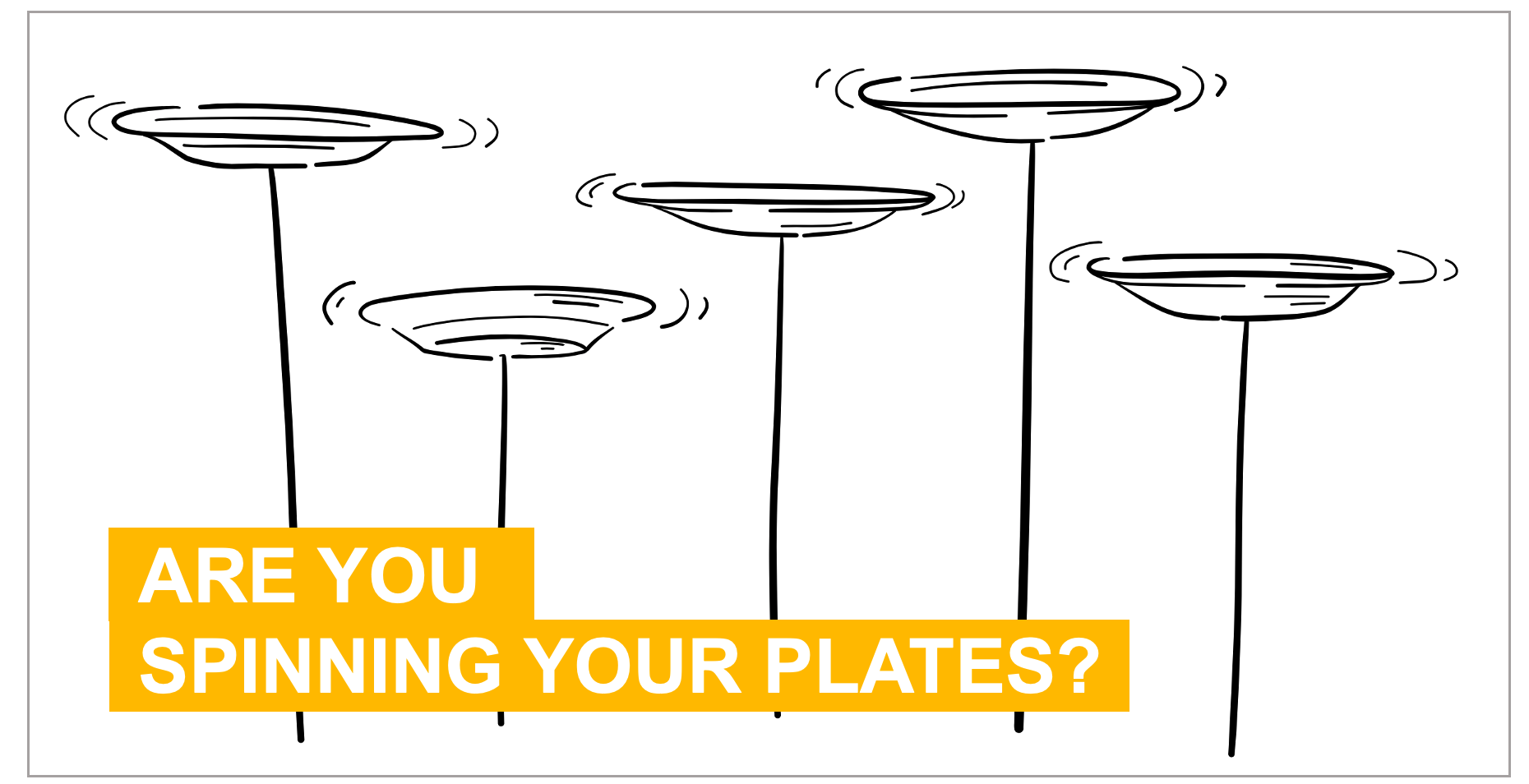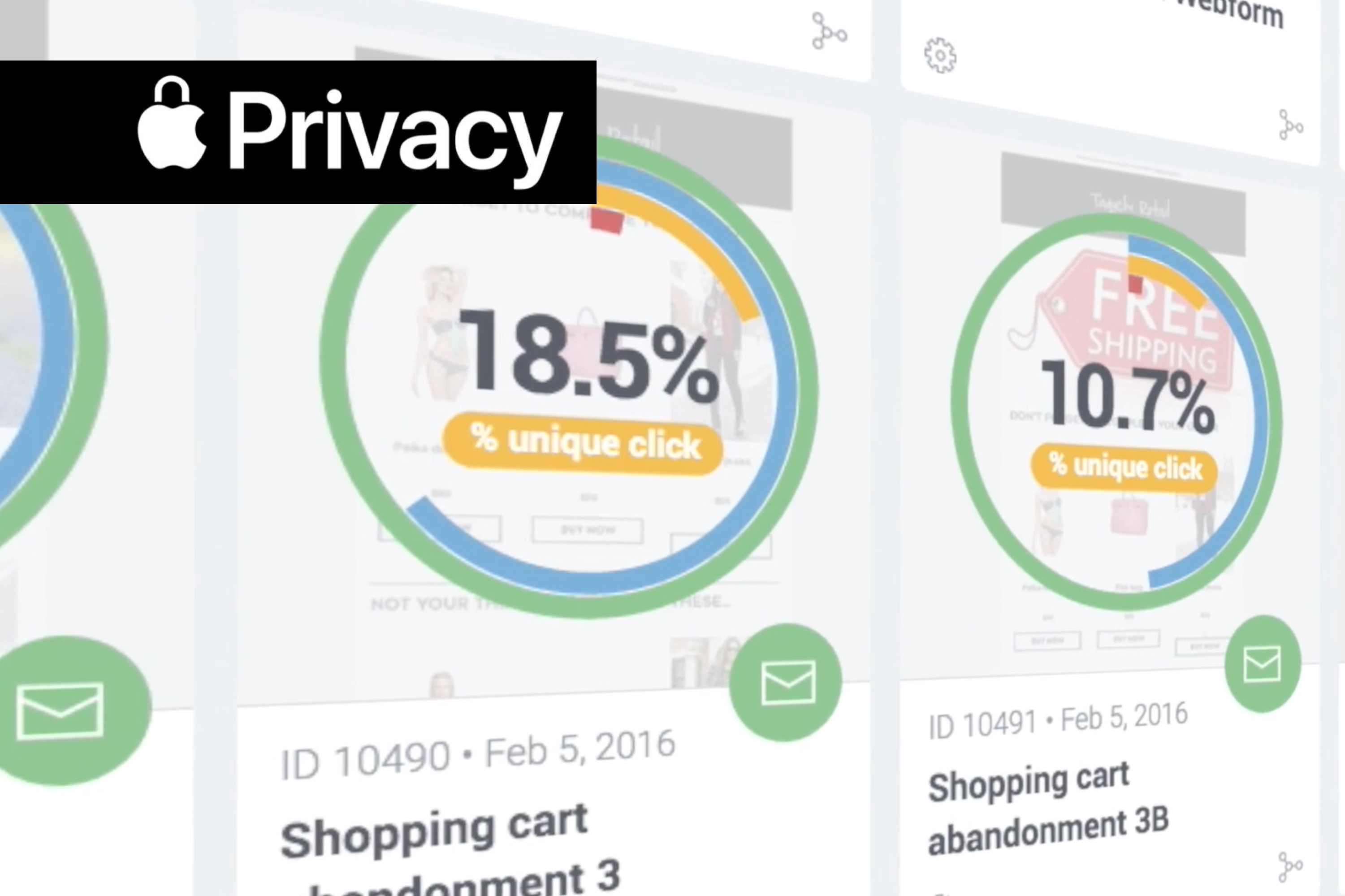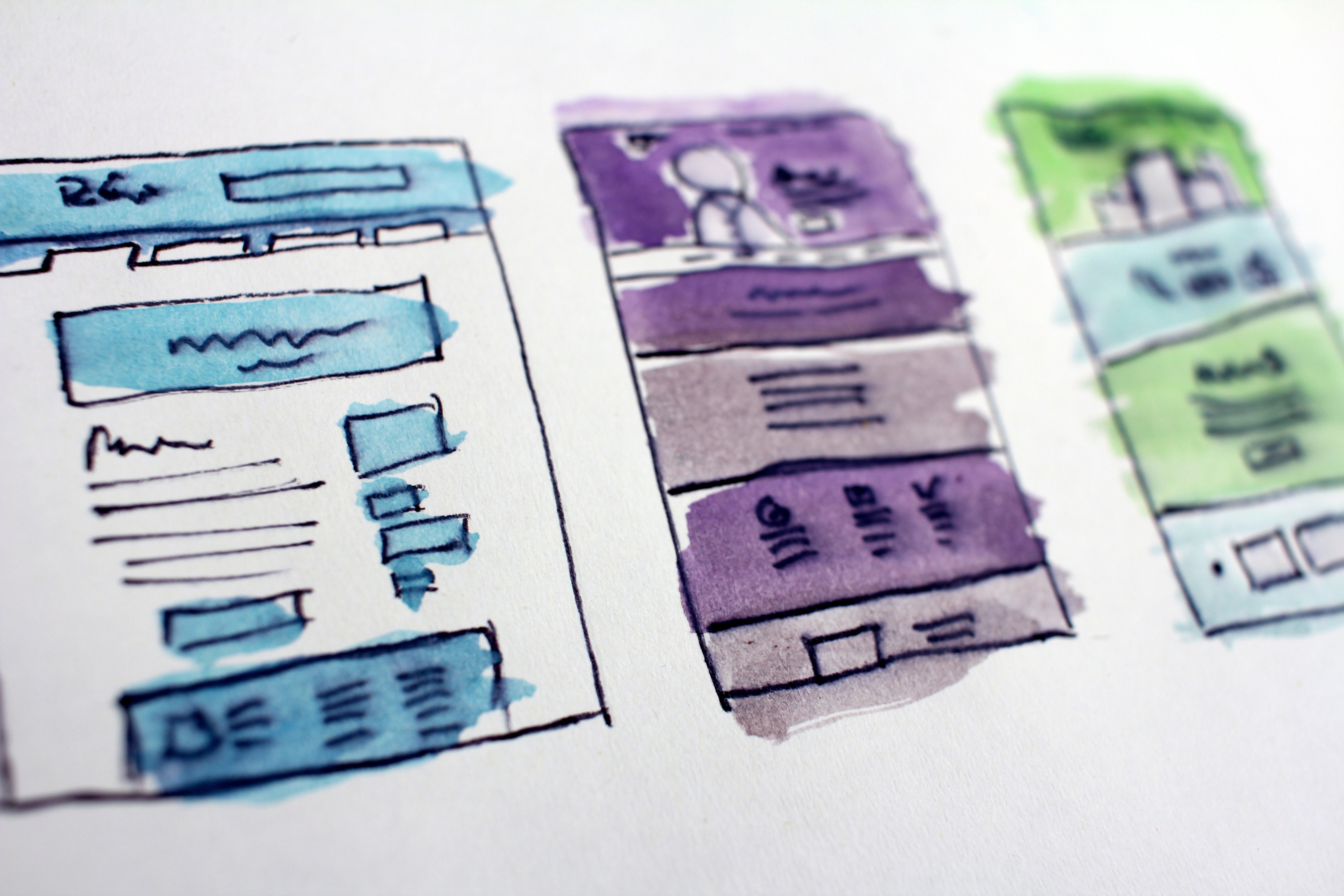Insider tips for creating quality email campaigns
“You don’t get a second chance to make a good first impression” and thanks to the ‘delete key’ this is especially true when it comes to email marketing.
Today there’s more than a 50% chance[1] that your emails will be first opened on a smart phone or mobile device. That said, it’s not a case of either or. At some point the email may also be viewed on a computer screen or tablet as people often access their emails from multiple devices at different times and for potentially different purposes.
For many of us, the mobile phone acts as a filter to quickly identify those emails that you want to review, read or action later. It is therefore important to make sure emails are suitable to be displayed in multiple environments. As we have discussed previously, consistent email presentation and rendering is a topic in itself.
1. Measure twice, cut once
Always have a pre-launch audit check-list, that is, have a system in place for checking key components of the email before you send it.
It is actually quite surprising how many email marketers rush the testing phase prior to email deployment. No doubt speed to market and resource pressures are demanding and whilst you’re not launching the Apollo 13, a methodical approach to pre-launch checks for eDM deployment is very important. Getting the basics wrong can result in wasted effort, it can be embarrassing and potentially very costly.
Always factor in time to send test emails (proofs) to at least yourself for checking. However, having a fresh set of eyes can be invaluable. When we create emails it’s sometimes difficult to spot our own errors. Where possible, having a proofing and approval process that automatically incorporates content stakeholders is useful. Combing vested interests with accountability will usually help ensure quality is maintained, at least in terms of content accuracy.
As a minimum, send yourself proof emails to make sure the content, pricing and other details are correct.
Other important aspects to check include:
- Links work as expected
- Images are clear on mobile and desktop
- If you’re including personalisation and segmentation, always send “live proofs” to yourself to ensure it works
- Check subject lines are accurate
- Ensure SPF and DKIM sender authentication are set up properly
- Link tracking code is enabled
- Confirm scheduled deployment date and time set are correct
- Preferred speed of deployment set
- Check the unsubscribe link is included and functional
- Make sure external analytics tracking is active
- Ensure the layout stacks as expected on mobile and desktop
Depending on what system you use to manage your email marketing, most of the items listed above can be checked automatically by the system itself, with a pre-launch audit report produced upon request. In Taguchi for example we provide a “Activity Check” audit for this purpose. Even so, make sure that as part of your pre-launch check list, you review the system's output to ensure each item is as expected prior to deployment.
Importantly, things change over time, so make sure you build in a process to routinely revisit your pre-launch check list to ensure it still covers all the key areas that need validating before you deploy.

2. Unfortunately, size really does matter
When it comes to email marketing, believe it or not, size matters a lot. This is because your email has to be delivered to a range of different inbox environments, some that are old, some with viewing panes open, some closed, some with kb size restrictions, others that struggle with format consistency when emails are too long etc. That’s on top of ensuring your email renders correctly in the main desktop, webmail and mobile email clients. Therefore, when it comes to email size and width, it’s important to find the balance between catering for the lowest common denominator in recipient environments, the email client and accommodating the necessary content in the email.
Below are a few key best practice considerations when it comes to size:
(i) Keep your email pixel width within 600px
Whilst it’s not a fixed rule, 600px has been an agreed standard for email design for many years and still holds true today as larger screen sizes haven't really been widely adopted.
Unlike the kb size, the pixel width of an email rarely impacts on deliverability and 600px is generally considered best practice for a number of user experience (and therefore engagement) related reasons as described below:
Readability - having too many words on one line can make an email hard to read. 600px ensures that paragraphs of text are limited to only 10-20 words per line which makes it far easier to read and comprehend.
Because it’s a not too wide, it lends itself to readers who quickly scan an email rather than read it in detail.
In English we read from left to right so by default, the content on the left is looked at more than on the right, especially if the reader has to scroll to the right.
It looks reasonable in many of the key email client default viewing panes. That is, most of the content will usually be displayed in the client’s default setting.
A standardised size - makes it easier to control the design across multiple email clients. Having a fluid email width is often complicated to tame on older legacy email clients such as Outlook. A strict 600px wide email allows you to position items more accurately and ultimately have more control over the design across an array of email clients.
(ii) Limit the size of your email (kb)
Email kilobyte size (kb) can often be more important than the email pixel width. That’s because the kb size of the email can:
Determine whether the entire email gets delivered or not
Slow down the delivery to the ISP
Impact the loading time within the email client. If it’s too slow, the subscriber has probably left, significantly impacting engagement.
Gmail for example has a limit of around 120kb for loading all of the email content in a single view. Emails larger than this only partially load initially and require the recipient to initiate loading of the remainder by clicking on a link at the bottom. Aside from the potential impact on subscriber engagement statistics, any personalisation or dynamic content not presented on the first loading may have been completely wasted.
Email size has a habit of growing over time - not just because people add more images and content, but because templates are continually altered with new functionality and code (e.g. dynamic content and business rules around personalisation) that over time inherently increase the size of the email.
During testing, always check the size of the email when it arrives in your inbox. If it's too big, look at the content, and the construct of the email template code and remove any legacy code.
We always recommend trying to keep the maximum size to under 100kb where possible.
(iii) Mobile specific image size
Your emails can look great with Hi-DPI sized images on modern devices
Most mobiles today have high resolution (Hi-DPI) displays. Therefore a 750x1334 screen size is in reality 2x that (1516x2668). That means your images should be too. A 320px wide mobile hero image should be 640px in dimension (with as much compression as possible to keep the file size down without sacrificing image quality). In the email itself, it will scale down to 320px, but Hi-DPI displays will use those extra pixels to display a much sharper and blur-free image.
3. Get to the point
Marketing emails, no matter how good their content, are not like print publications. Many of your subscribers will often only read the subject line and scan the above the fold portion of your emails before determining whether they will read the rest or click through for more. Therefore, to maximise your chances of further engagement via a click through link for instance, you need to ensure that your message is brief but enticing and that your preferred action is represented by a clear and obvious call to action.
Be descriptive but succinct enough in the email so the subscriber is clear on the subject and what they need to do next. For instance, it needs to be relevant and enticing so that they want to read the full content on the website. Given that email content is often a replication of content that exists elsewhere, a common way to do this is to use the first line or paragraph (or part thereof) of the actual content from the landing page the full content is hosted on. This also ensures continuity in tone and user experience. Remember, “You don’t get a second chance to make a good first impression”.
Wherever possible don't re-invent the wheel. Any writer knows the importance of a good introduction so re-use the work that’s already done. The other benefit of re-purposing the existing content is that the same logic can be applied for future content automation. Get it right at the source, so it can be re-used many times through different channels (email, social media etc).
The same philosophy can be applied in a retail environment to display product information.
It's not science, but rule of thumb - the more relevant links you have, the more engagement (e.g. clicks, pdf downloads etc) you'll get to the intended content, assuming that's the purpose of the email.
4. Make calls to action obvious
Don't assume everyone will click where you expect them to, not everyone responds the same way (i.e. click on the button vs an image vs text links). Be creative and more accessible by providing different types of links to appeal to different types of recipients.
There you have it! Our insider tips for awesome email layouts and campaigns. If you’d like to know more about how Taguchi can help you automate some of these tips and help you be more efficient and productive, contact us today.
[1] Litmus Dec 2017*
Photos by rawpixel.com from Pexels and Jukan Tateisi on Unsplash








